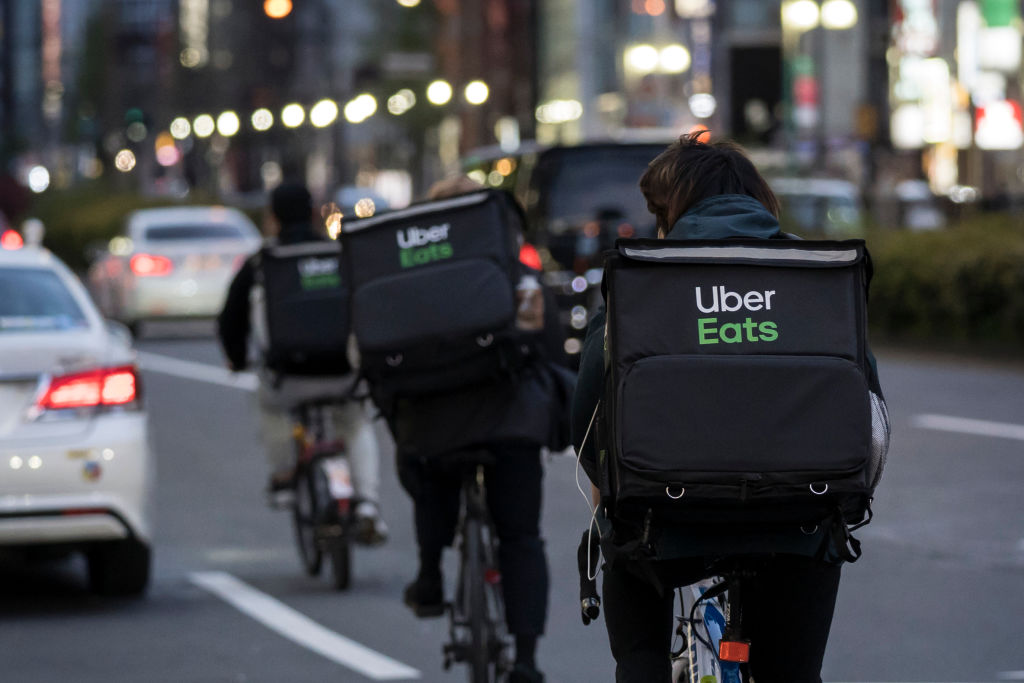Uber drops ride discounts for subscribers, switches to cash back
Uber has garnered a reputation for scaling rapidly with an almost cutthroat acquisition style. But as the company matures and shifts its attention from growth to profits, perhaps bringing on new customers is now a secondary goal. What if this cash back strategy signals that Uber is now pursuing customer quality over quantity?
Generally speaking, discounts lead to higher acquisitions because they provide customers with instant gratification, rather than the delayed gratification of cash back. However, those acquisitions come with a price. Khosrowshahi has said bringing on Uber One subscribers has been initially loss-making because the discounts exceeded the value of their frequency. Over time, though, that membership “creates a significant moat and a significant growth opportunity,” said Khosrowshahi during Uber’s full-year earnings call.
Uber One members end up spending four times as much as non-members, and retention is 15% higher among members, according to Khosrowshahi. The subscription service also makes up a higher percentage of overall bookings. As of March 31, Uber One members made up 27% of total bookings, and Uber hopes to increase that number to 50% or more in the U.S. Khosrowshahi said Uber One penetration is already higher than 50% in other markets.
If losing the discounts doesn’t scare too many people away, the cash back deal has the potential to offer better margins for the business, stronger customer retention by tying users to future services, and guaranteed future sales.
“Uber One members are profitable,” said Khosrowshahi during the company’s first-quarter earnings call. “And what we find is it’s a very, very effective way, essentially, to draw frequency and higher engagement with our customer base.”




